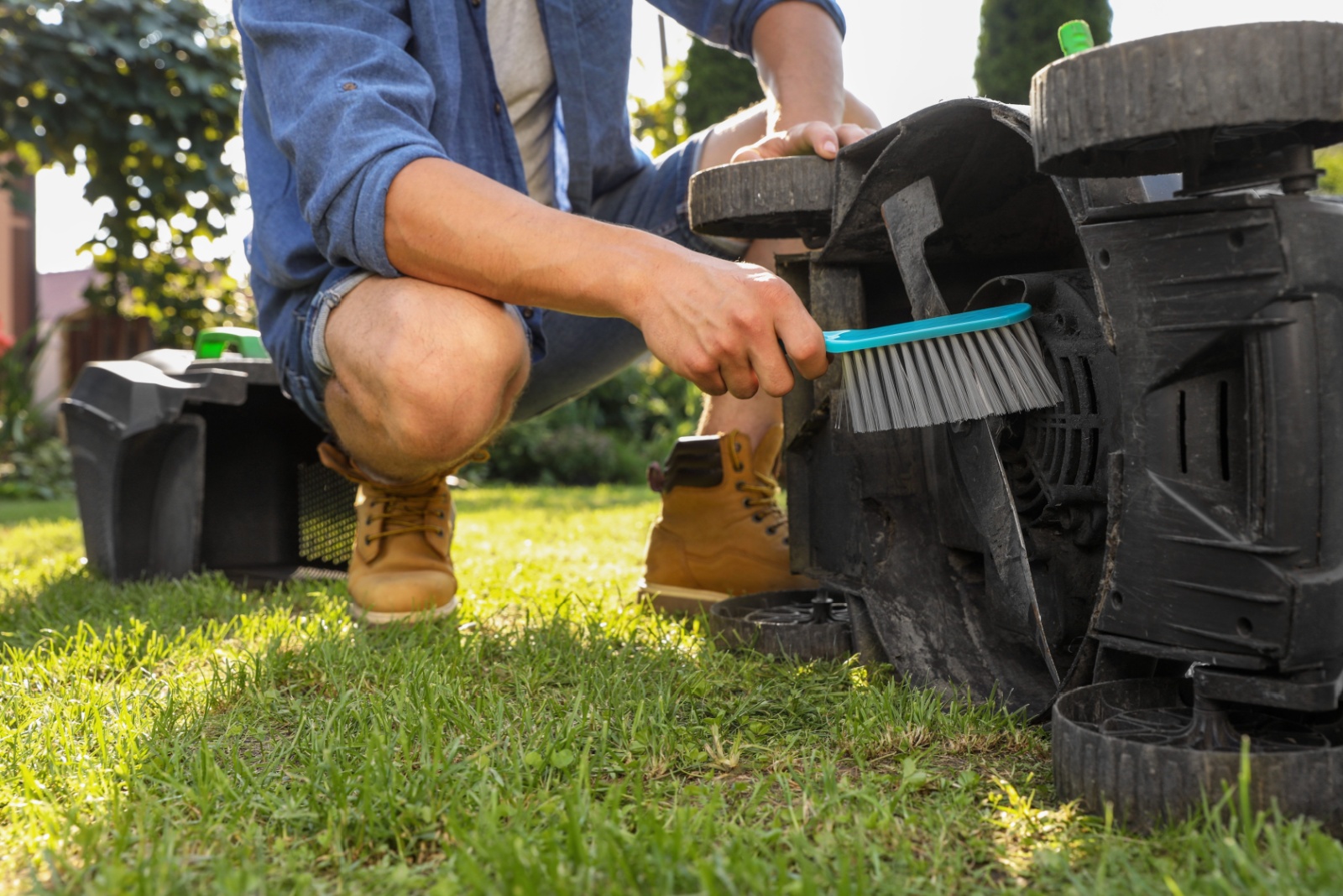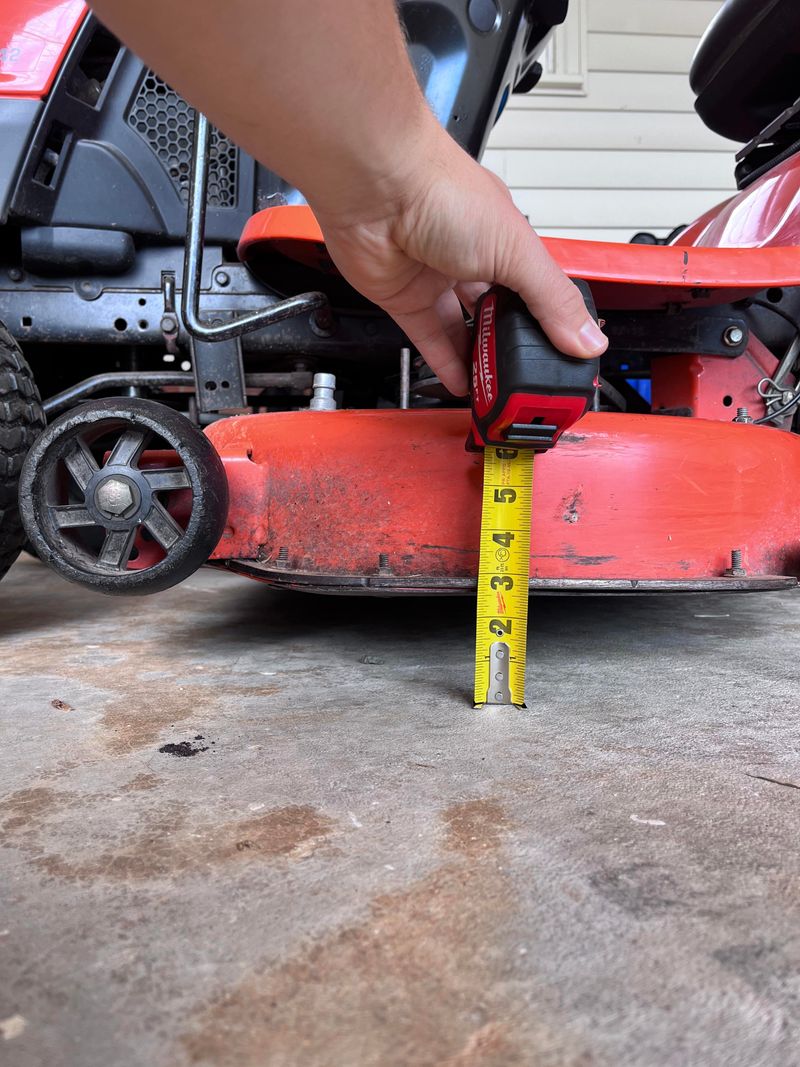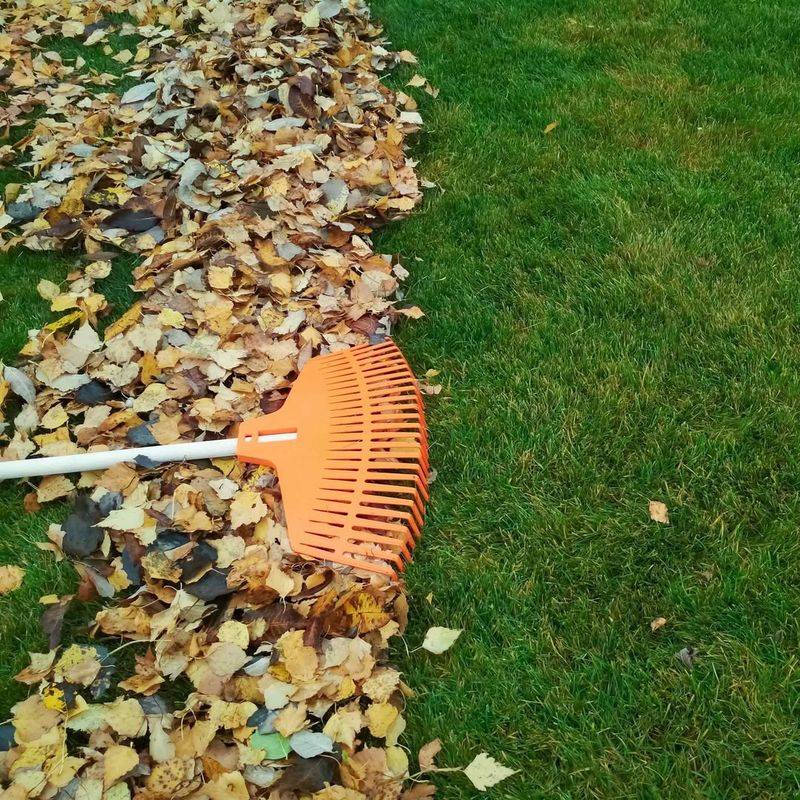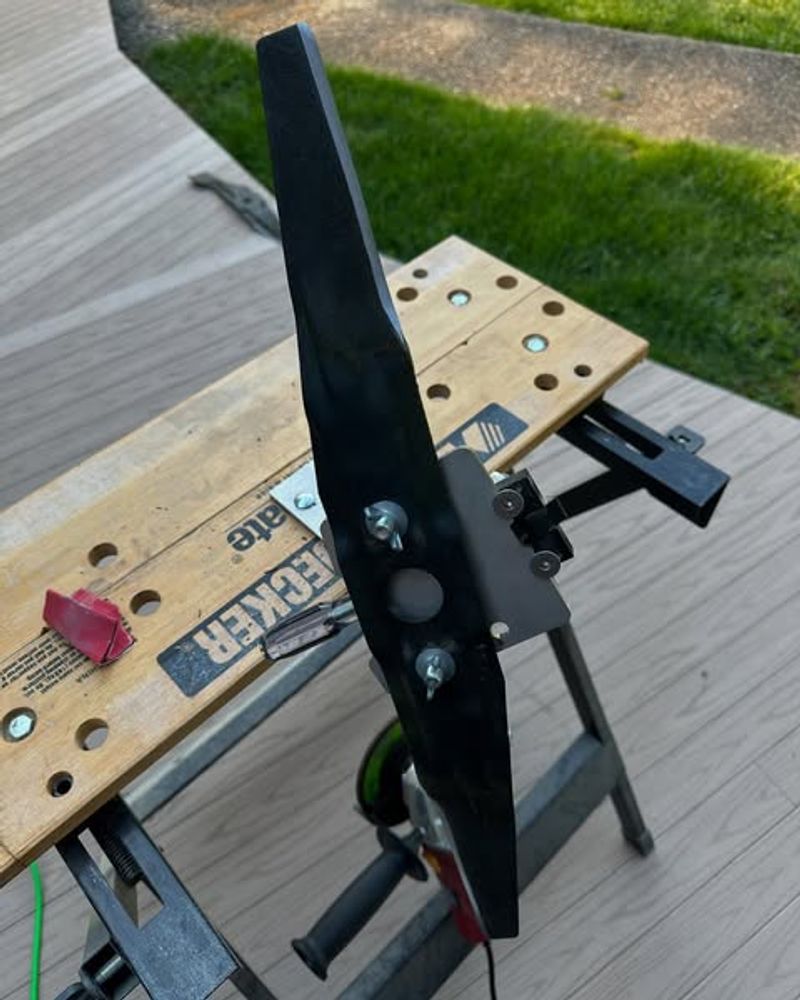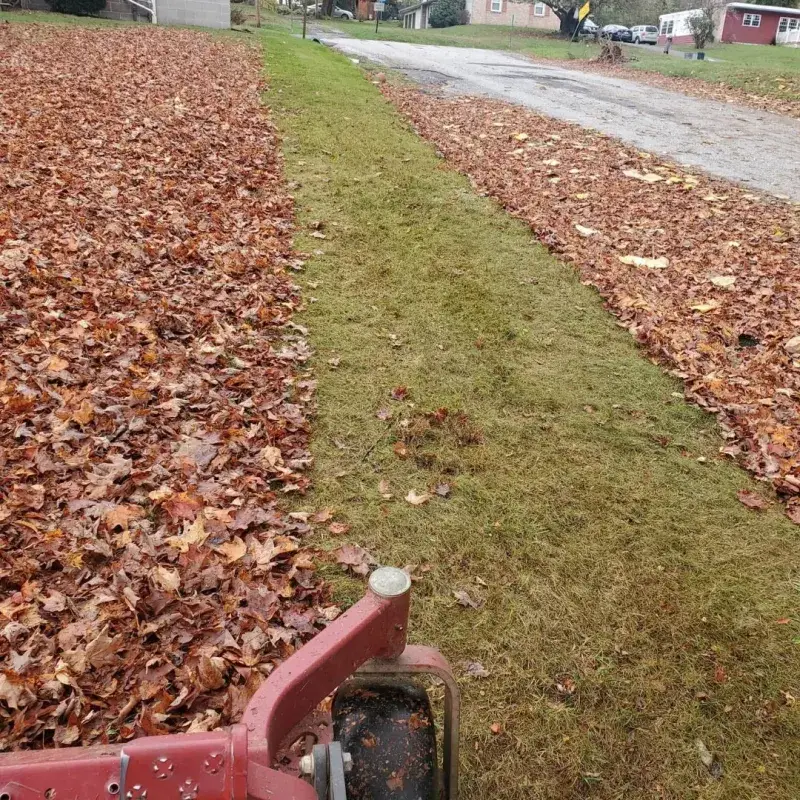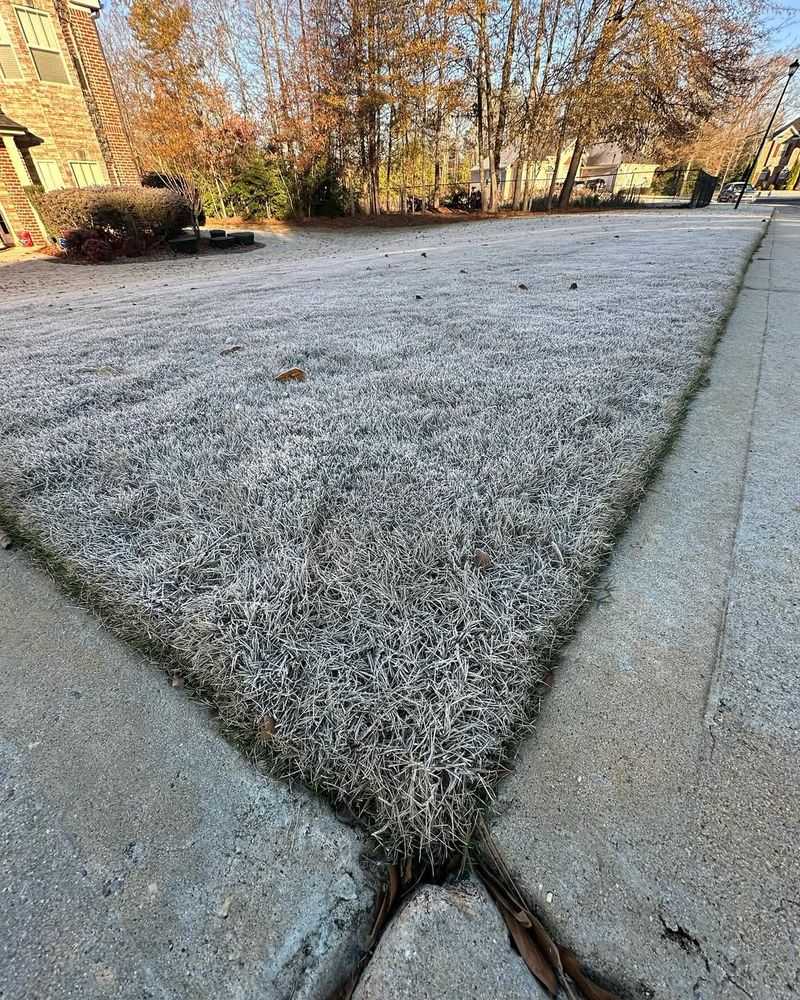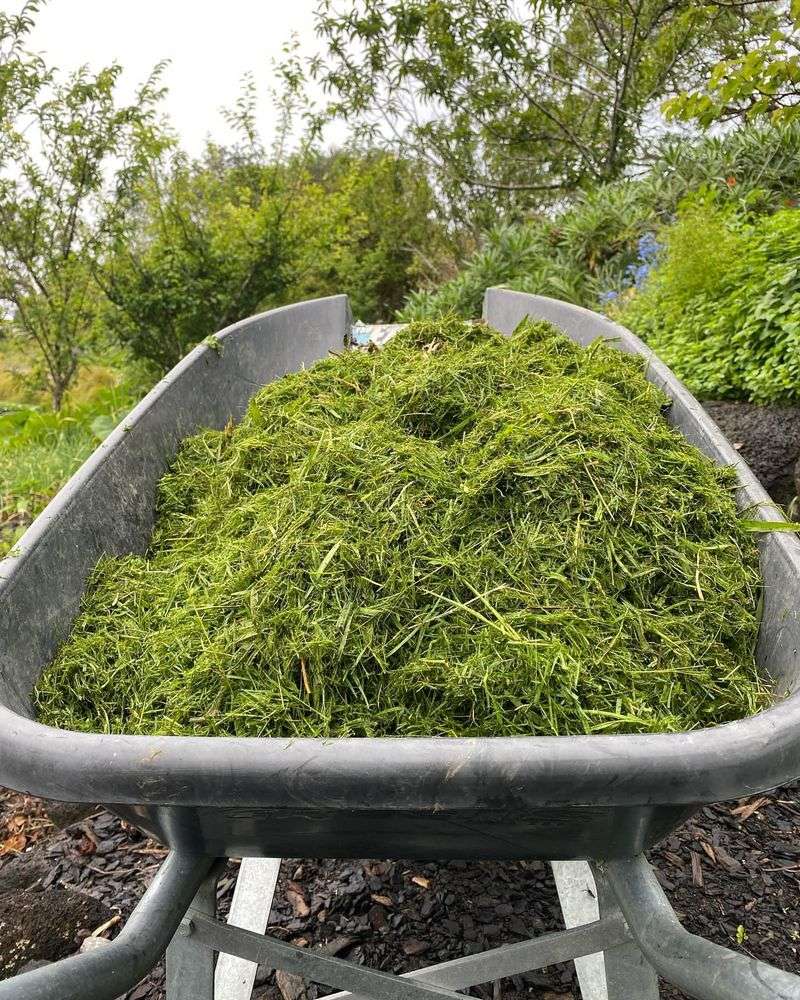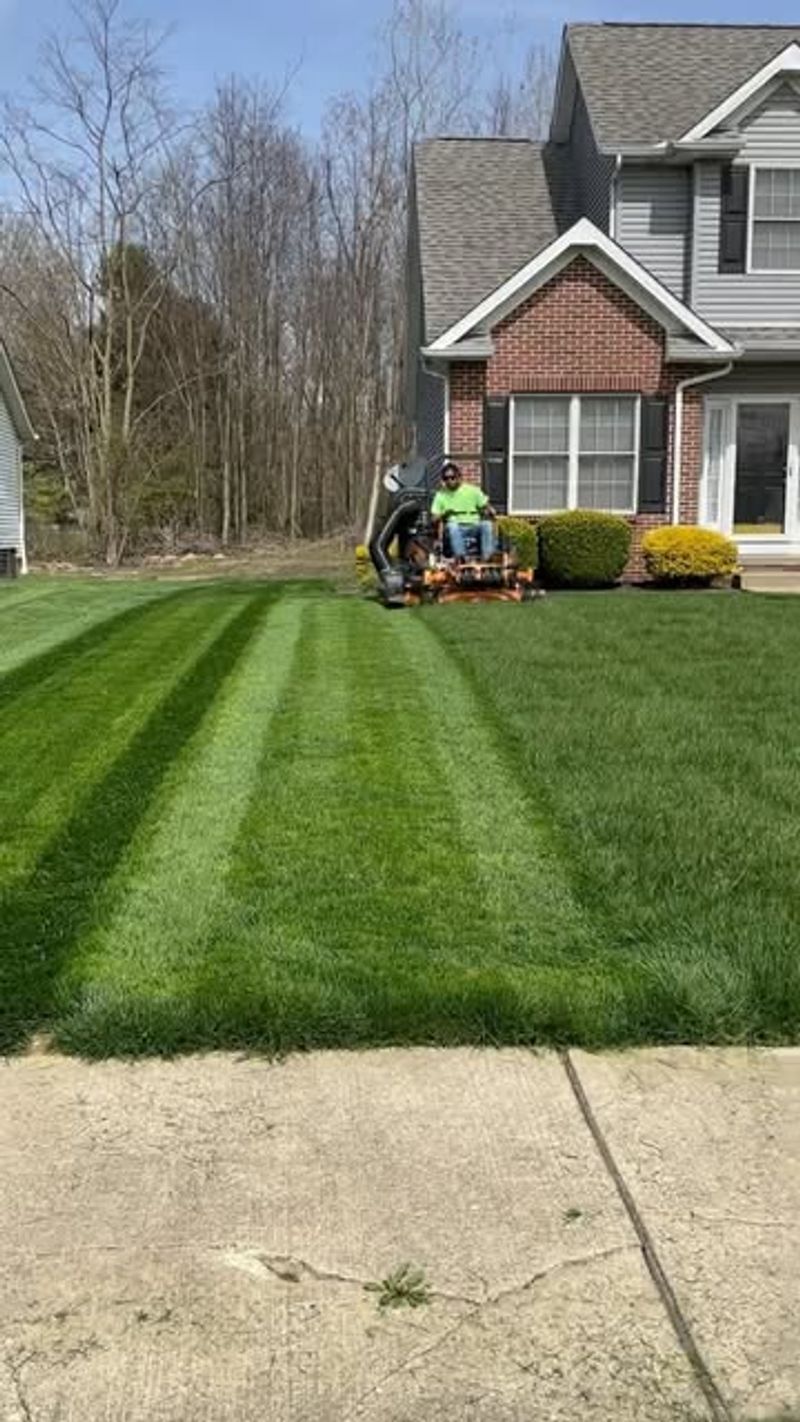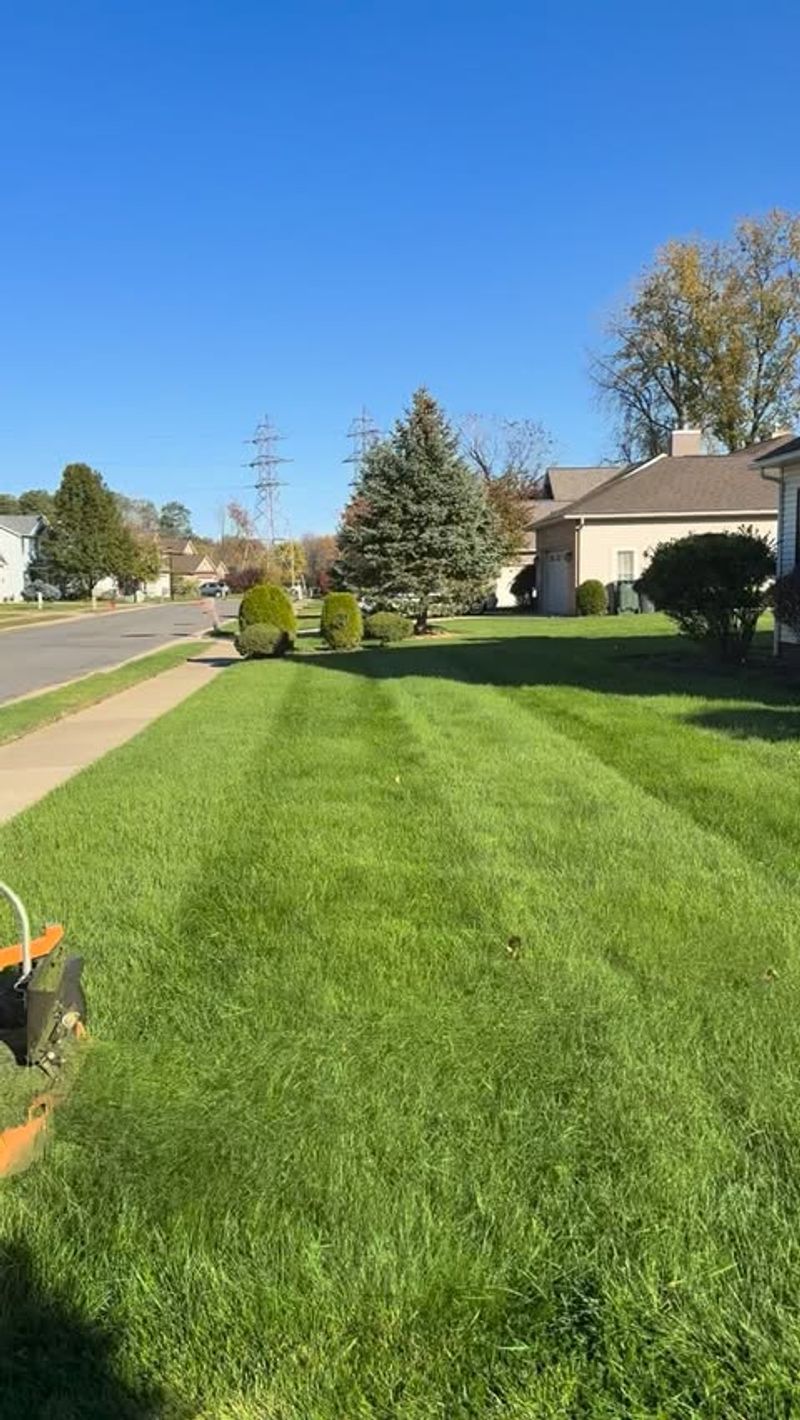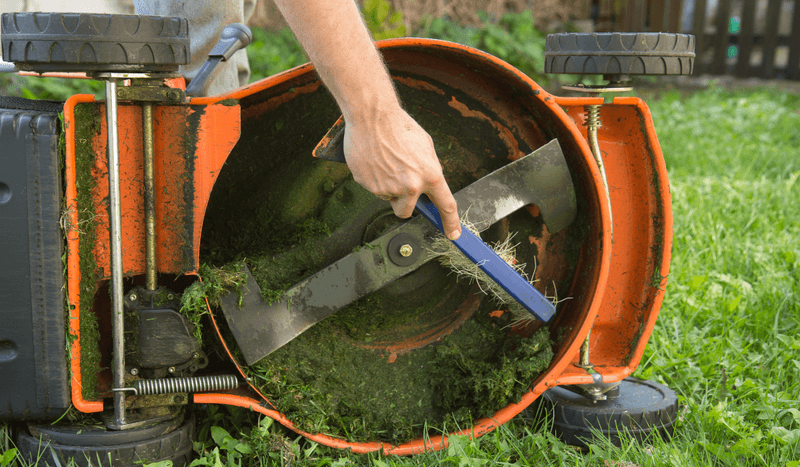November in Indiana brings cooler temperatures and changing conditions that affect how you care for your lawn. Knowing the right mowing practices for this time of year helps keep your grass healthy through winter and ready to thrive come spring. Whether you’re a new homeowner or a seasoned gardener, these essential tips will guide you through late-season lawn care with confidence.
1. Lower Your Mower Blade Gradually
Dropping your cutting height too quickly can shock your grass and leave it vulnerable to frost damage. Instead, reduce the blade setting in small steps over several mowing sessions throughout November.
Most Indiana lawns do best when cut to about two inches by month’s end. This shorter length prevents snow mold and matting while still protecting the grass crowns from harsh winter weather.
Your grass will adapt better to the change when you make gradual adjustments rather than one dramatic cut.
2. Watch The Weather Before You Mow
Timing your mowing sessions around weather conditions makes a huge difference in November. Wet grass clumps together and clogs your mower, creating uneven cuts that can damage your lawn.
Wait for a dry day when temperatures climb above freezing for the best results. Early afternoon often provides ideal conditions since morning frost has melted and grass blades have dried.
Checking the forecast also helps you avoid mowing right before heavy rain or an early snowfall that could stress freshly cut grass.
3. Keep Your Mower Blades Sharp
Dull blades tear grass rather than cutting it cleanly, leaving ragged edges that turn brown and invite disease. Before your final November mowing sessions, take time to sharpen or replace worn blades.
Sharp blades create clean cuts that heal quickly, helping your lawn enter winter dormancy in the healthiest possible condition. You’ll notice the difference immediately in how smoothly your mower operates and how uniform your lawn looks afterward.
Professional sharpening costs little but delivers big benefits for late-season lawn health.
4. Mulch Those Fallen Leaves
Raking endless piles of leaves feels like a chore, but your mower can handle this task efficiently. Running over fallen leaves with a mulching mower chops them into tiny pieces that decompose quickly and feed your soil.
This natural fertilizer adds valuable nutrients back into your lawn without any extra cost or effort. Just make sure the leaf layer isn’t too thick, as heavy coverage can smother grass even when mulched.
Multiple passes might be necessary for heavy leaf fall common across Indiana neighborhoods.
5. Avoid Mowing Frozen Grass
Grass blades become brittle when frozen, and mowing them in this state causes serious damage to the plant tissue. Walking or driving equipment over frosted grass breaks the delicate cell walls, leaving brown footprints and tire tracks that won’t recover until spring.
Always wait until frost has completely melted and grass blades have warmed and softened before starting your mower. Mid-morning or afternoon usually provides safe mowing windows during cold November days.
Patience now prevents unsightly damage that lasts all winter long.
6. Don’t Bag Your Clippings
Leaving grass clippings on your lawn provides free fertilizer that enriches the soil as it breaks down. In November, these clippings decompose quickly in cooler, moister conditions, releasing nitrogen and other nutrients your grass needs.
This practice, called grasscycling, reduces waste and saves money on fertilizer while improving soil health. Short clippings from properly timed mowing won’t create thatch buildup or smother your grass.
Your lawn will thank you next spring when it greens up faster and grows more vigorously than bagged lawns.
7. Mow In Different Directions
Mowing the same direction every time trains grass to lean one way and creates ruts in your soil from repeated wheel traffic. Changing your mowing pattern each session encourages upright growth and distributes wear more evenly across your yard.
Alternating between horizontal, vertical, and diagonal passes keeps your lawn looking professional and healthy. This simple habit prevents soil compaction and helps grass develop stronger root systems that survive winter better.
Your final November mowings are perfect opportunities to establish this beneficial routine.
8. Complete Your Final Mow Before Hard Freeze
Timing your last mowing correctly sets your lawn up for winter success. Plan to complete your final cut before Indiana’s first hard freeze, which typically arrives in late November or early December depending on your location.
Grass that’s too long can mat under snow and develop fungal problems, while grass cut at the proper height stays healthier throughout dormancy. Monitor local weather forecasts and aim to finish mowing when grass growth has nearly stopped but before sustained freezing temperatures arrive.
This strategic timing protects your investment all winter long.
9. Clean And Store Equipment Properly
After your final November mowing, proper equipment care ensures your mower starts easily next spring. Remove grass clippings, dirt, and debris from the deck, blades, and undercarriage to prevent rust and corrosion during storage.
Stabilize the fuel or drain it completely, change the oil, and replace the spark plug according to manufacturer recommendations. Store your mower in a dry location protected from moisture and extreme temperature swings.
Twenty minutes of maintenance now saves hours of frustration and potentially expensive repairs when mowing season returns to Indiana.

